Part 4 of Top 10 Things to do at Bundaberg
What is the story behind the warm liquid, one of gold colours and an aroma both sweet and spicy? The tipple that made men hot under the collar, and added a skip in the step. The elixir that geared sailors into battle as in England’s victory over Napoleon at the famed Trafalgar Square. Yes, all this was partially fostered by rum, which Admiral Lord Nelson ensured had been stuffed under his sailors’ belts to get them “steeled” for battle so to speak. Chuckle.
Do not miss an opportunity to visit the rum factory when at Bundaberg. Having started in 1888, the factory takes pride of place in making rum which falls among the “world’s best” in 2019.
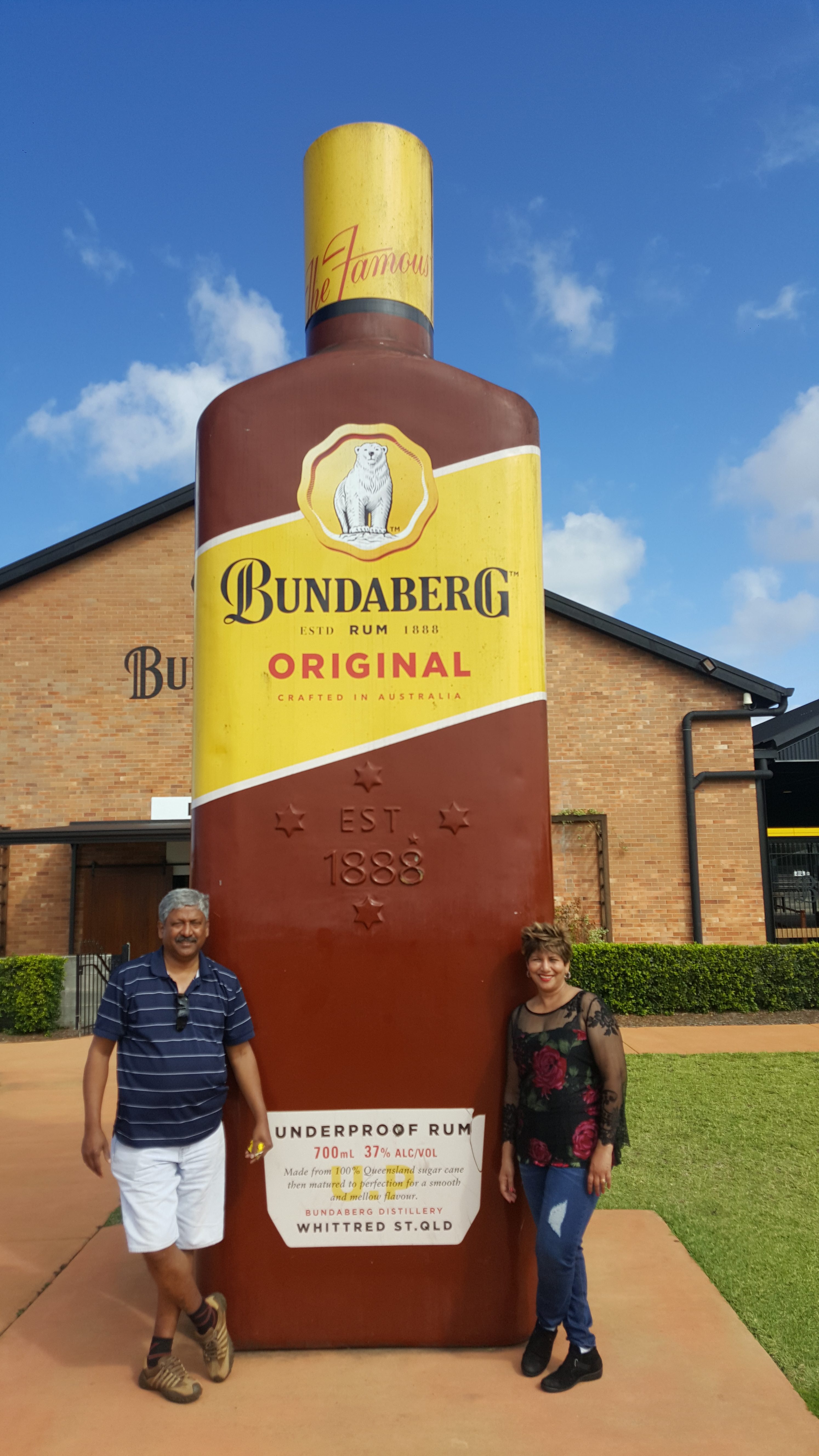
At the Bundaberg Rum Factory, Australia
The origin of the Bundaberg Rum Factory lay in putting to use molasses, a by-product of the sugar mills which are in abundance in the city. As you may be aware, sugarcane plantations are Bundy’s mainstay, being the largest cane growers in Australia.
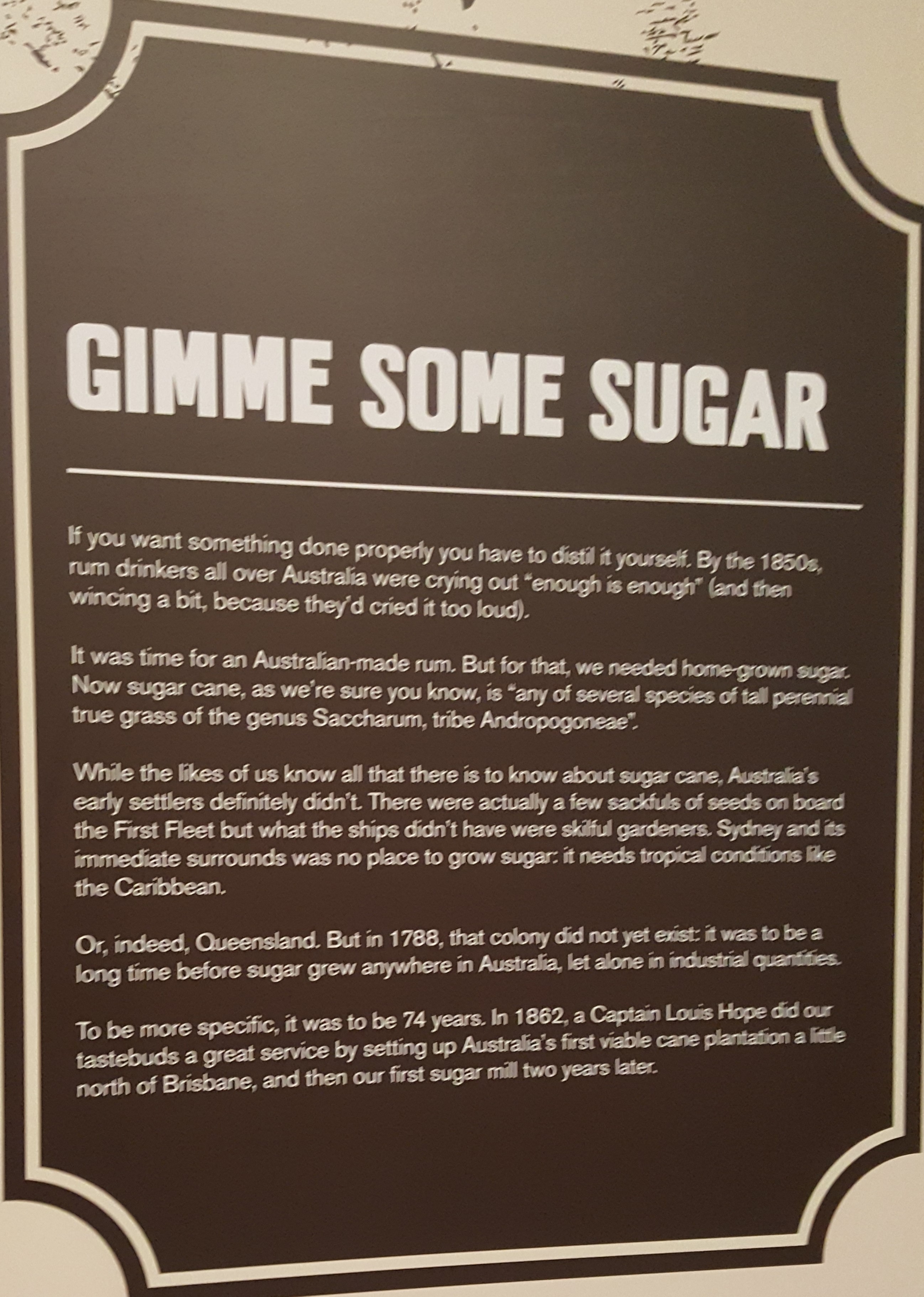
Sugar, a product of sugar cane
Coming to think of it, it wasn’t as if rum consumption was new to Australia before the 1800s. Way back in the 1770s, a ship named Endeavour arrived on the shores of Australia. Its captain, James Cook, loaded drums of rum on his ship, apart from his stock of vegetables and crops. Interestingly, I heard more and more of Captain Cook right from the time he set foot on the shores of New Zealand.
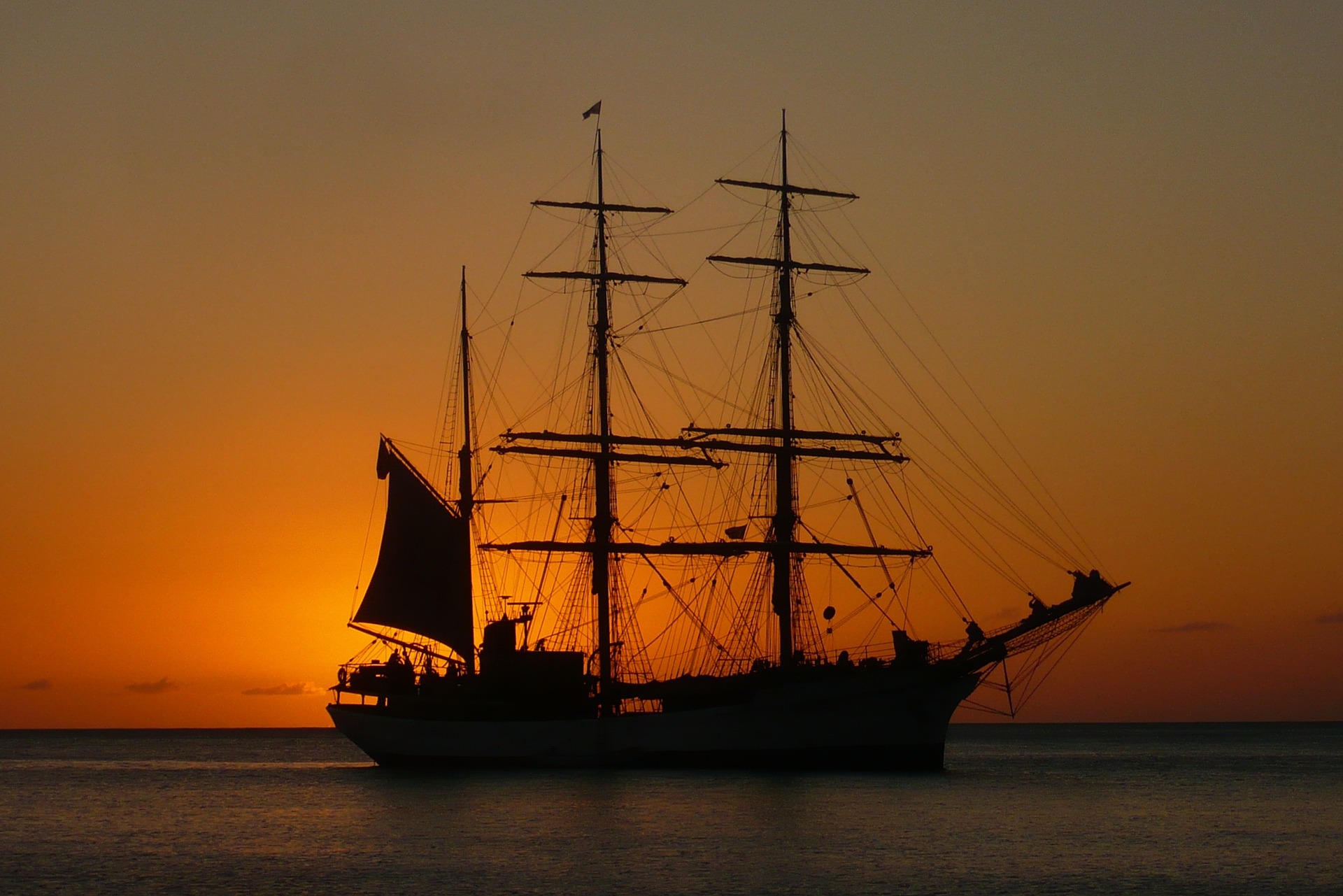
Ship at sea
Even England’s First Fleet is known to have brought gunny bags of sugarcane seeds to the country, but owing to a shortage of skilled gardeners it was a long time before sugarcane came to be grown here. It was a Captain Luis Hope who set up Australia’s first cane plantation, and a couple of years later came the first sugar mill. Story has it that the Australians almost starved then, owing to a scarcity of crops to sustain on. Oddly they were never short on rum which was available by the bucketfuls. It was therefore not unusual to see drunken Aussies, filled to the gills with this spirit.
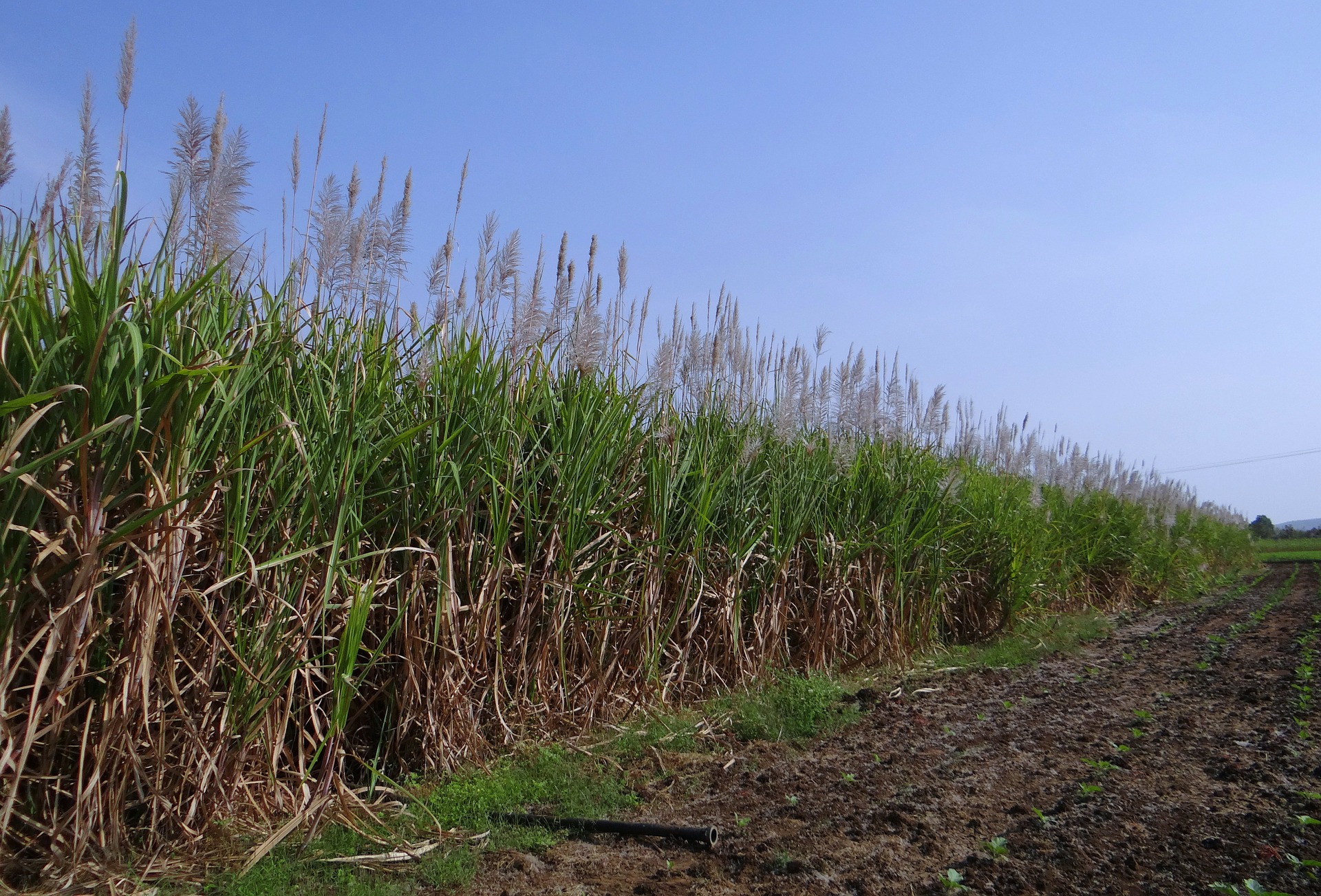
Sugarcane plantation
Coming back to the subject of the molasses in Bundaberg, it sure was a challenging situation to control the problem of its dumping into the river. After much thought, Frederic William Buss, a sugar planter, emerged with a novel idea to get several sugar mill owners together to put their waste product to better use in the form of a rum distillery in the year 1888.
I read somewhere that the first rum factory in the world was set up in 1664 in Staten Island, New York. There was what was then termed a “triangular trade” between America, Europe and Africa. Ships laden with molasses were sent from the Caribbean to Africa’s west coast and traded in rum. Back it came to the Caribbean, and thereon to America to meet the distiller’s demand. Well, this was globalisation, among the first of its kind.
Later, towards the end of the 18th century, King George decided to impose a tax on the triangular trade which hit the economy in its solar plexus so to say.
As far as the Bundaberg rum factory goes, once the rum distillery was built and running at Bundaberg, there was no stopping the rum distillation ever since, except during the crisis of the 1880s and 1890s caused by an economic depression, floods and fires.
Huge losses would have been incurred by the factory during the Burnett river flooding of 2013 when the factory was submerged in floodwater that was as high as ten meters. That is perhaps why the factory offered much support to the flood-affected region. In fact, a short film on the Bundaberg floods is projected at the start of the distillery tour.
At the factory, the rum is stored in gigantic barrels made of timber imported from the U.S., Spain, Portugal, and other countries while some barrels are sourced from Bundaberg itself.
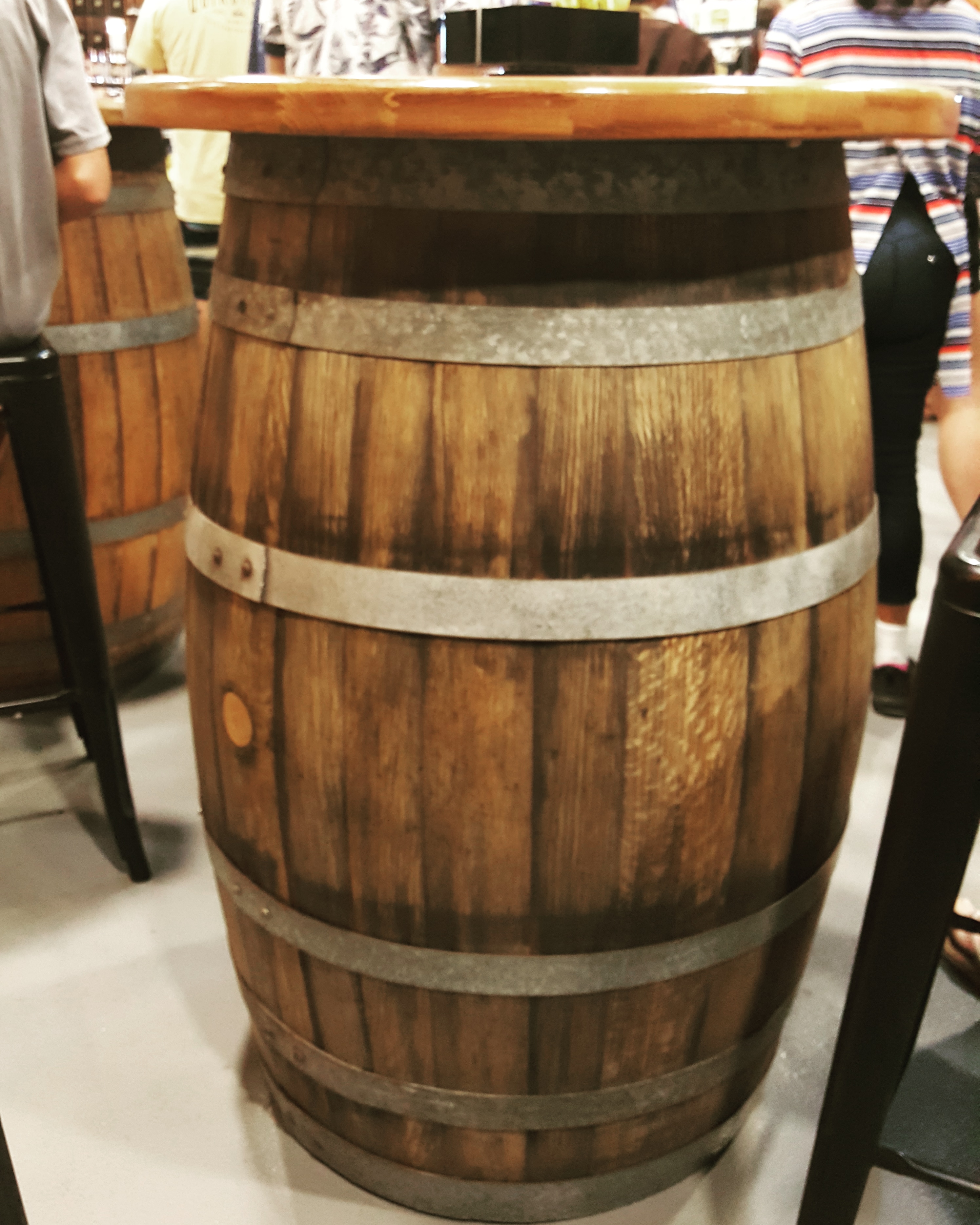
Roll out the barrel, for a serving of rum
About 2 million litres of alcohol are stored here, in around 6 tons of timber. According to the tour guide, the liquor imbibes the flavours of the timber barrels in which the rum is stored. These barrels have no metal screws to hold the wooden logs together. They are bound, instead, by a broad, all-encompassing metal band that encircles the outer circumference of the barrel. This is probably done to keep the alcoholic liquid in contact with wooden surfaces only as contact with metal may not be ideal for rum storage. Photography isn’t permitted inside the Bundaberg Rum Factory; hence it was not possible to capture the storage barrels or machinery.

An assortment of rum, on display
While at the factory, I pored over almost every conceivable description board describing the origin of the molasses which formed the basis of the product. Molasses are a sweet and viscous, a by-product of crushed, boiled and dried cane. If fermented in a stewpot with some water, what is produced is a raw white spirit that is as fiery as “hell”. Well, that was the process of rum-making long ago. It didn’t, of course, meet the required quality grades then as they do at present.
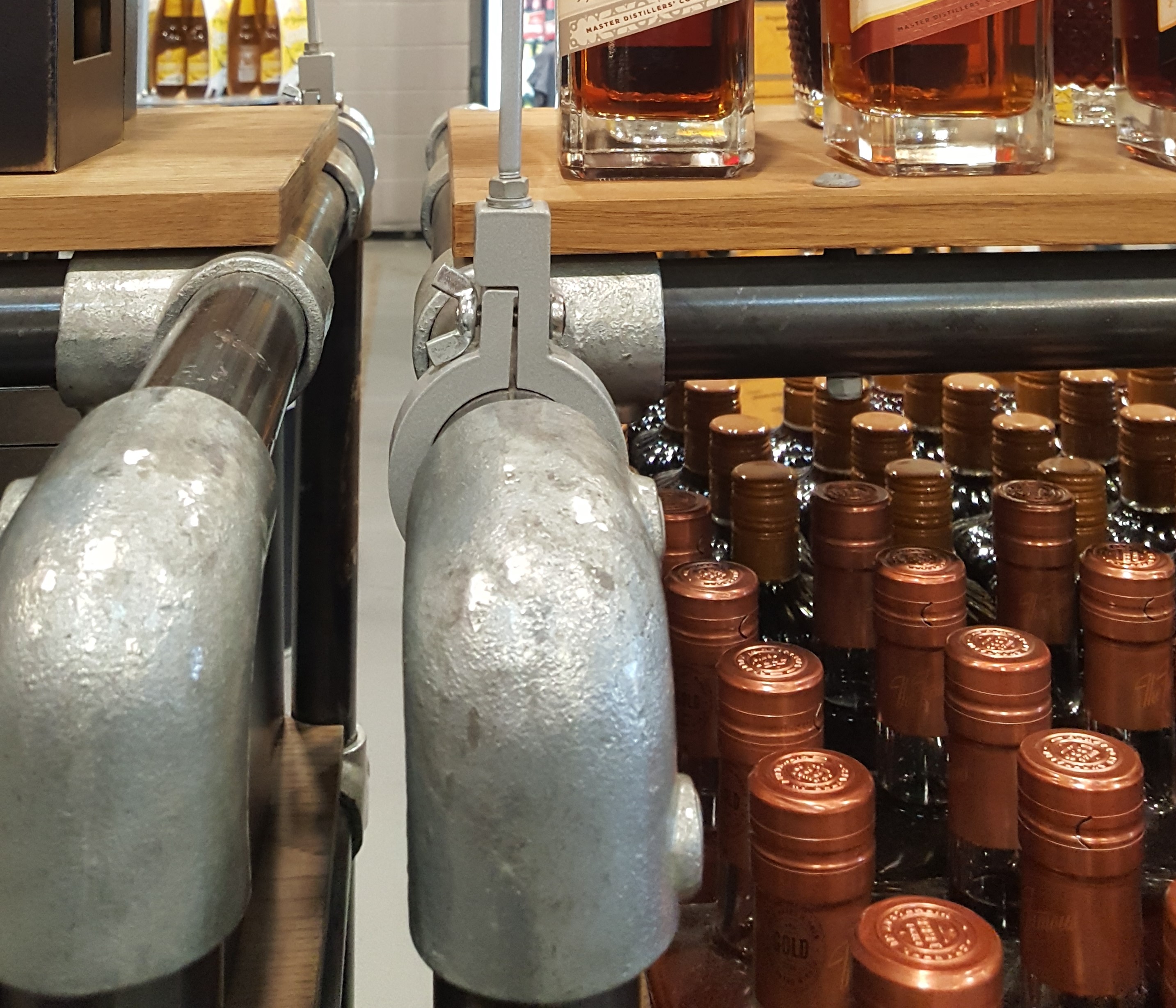
Machinery, pipes
There’s a ginger beer factory too at Bundaberg, but to me, the rum distillery certainly had an edge. With a tasting session of two pegs of rum, one hard liquor and one liqueur, there are no guesses why. After all, the primary reason for building the factory was to make some knocking tipple for the world.
As for me, I chose to have a “Small Batch Reserve” which couldn’t take me beyond a couple of sips owing to its strength. And a chocolate-vanilla liqueur which I paired with some milk to produce a Bailey’s Irish liqueur taste and feel. A good tippler worth his salt will tell you that it’s not the way rum is meant to be drunk. It has to be gulped by the “bucketfuls” so to say as in the days of yore. Why, even Ernest Hemingway was known to have glugged 16 daiquiris in one sitting!
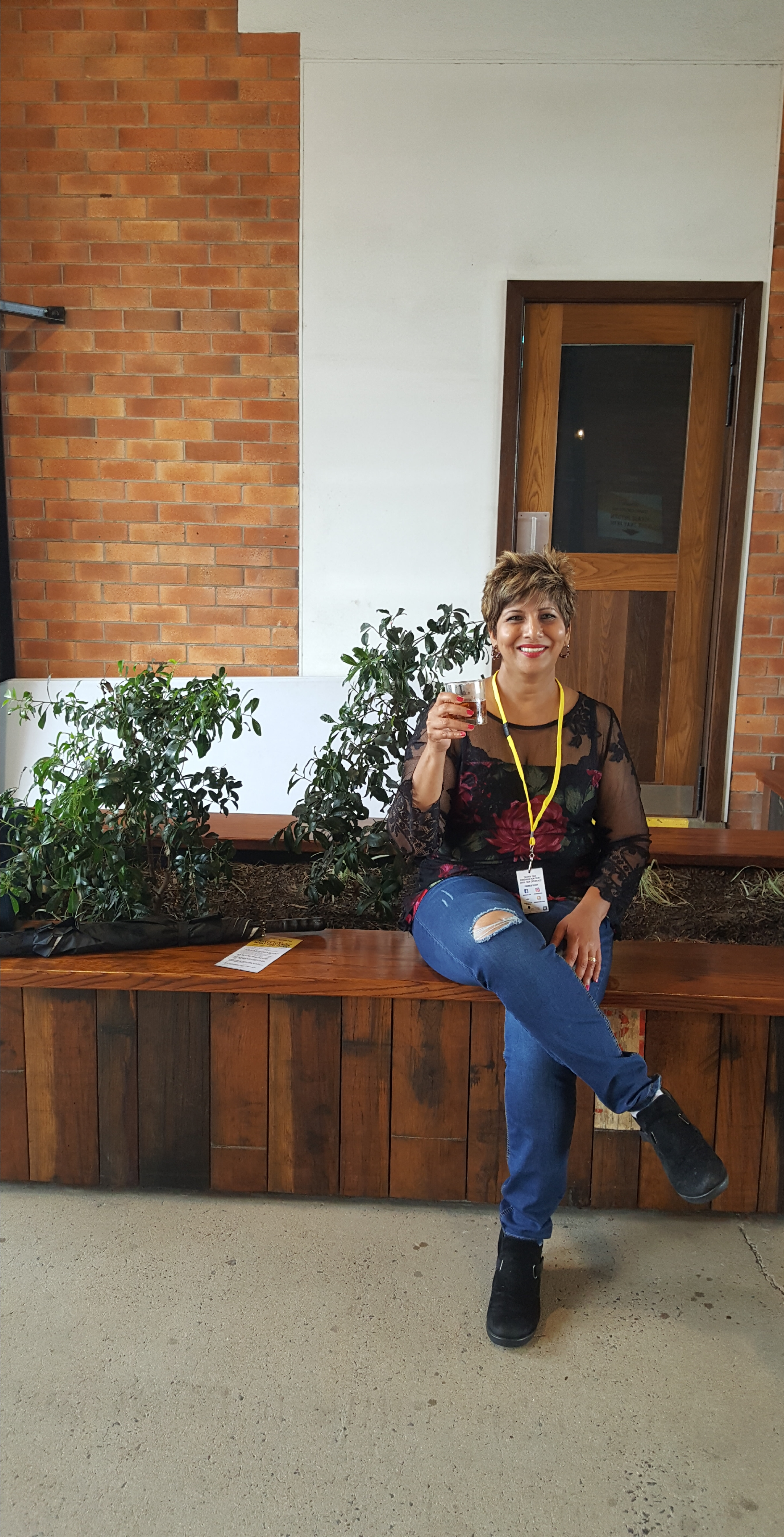
Enjoying a “Small Batch Reserve” of rum
Sailors were habituated with a customary “tot” or two as they termed it then, which most of them substituted for water even. No laughing matter this, as there was logical reasoning behind the intake of rum versus water. The water stored on the ships for extended periods developed algae which rendered it unfit for drinking. If you thought that beer would help, no it didn’t offer any respite either as beer turned sour with prolonged storage. So, it’s not hard to guess that rum became the primary liquid/beverage of the sailors. It kept them well hydrated too, and how convenient!
As the saying goes, all good things come to an end, and the drink of the sailors was put to an end on the last day of July 1970. The then Sea Lord had opined that rum consumption affected the mechanism of ship sailing and announced that it couldn’t be considered medicine or a hydrating beverage aboard ship. A thoroughly upsetting decision it was to the sailors.
To the pirates who usually hovered nearby, abstinence from rum was as inconceivable just as it is for a non-vegetarian to live off herbs and veggies alone.
There was just one question that had been at the back of my mind since the time I entered the distillery. Why was the polar bear emblem chosen for this brand of Bundaberg rum? I found it unusual but understood its significance when they explained the reason why. That Bundaberg rum could allay the worst chill, even to icy minus degrees as in the polar regions!
The polar bear symbol for Bundy rum
The Bundaberg rum factory tour costs AUD 30 per head, which includes a complimentary rum tasting plus a museum tour. The tour lasts 45 minutes allowing you to touch and take a whiff of the best rums on display as you walk along the historical aisles of Bundaberg Rum.
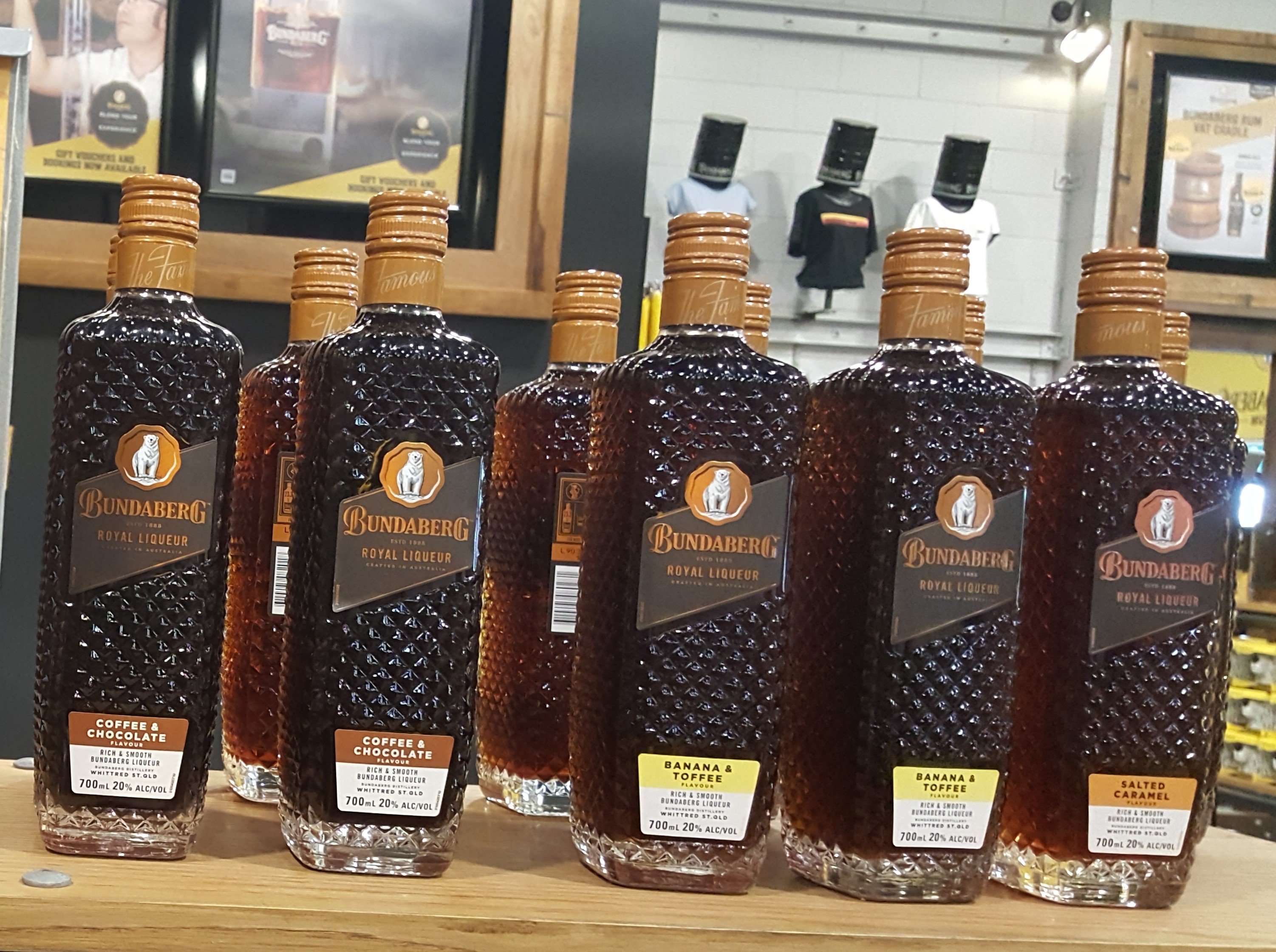
Bundaberg rum bottles on display, for sale
I may be digressing a bit here, but couldn’t help remember a chat with a food manufacturer who has travelled widely. He once discussed various kinds of rum with me, including his favourite Jamaican rum. The best part was that he taught me how to make rum at home; yes, you heard right.
Just take some chopped sugarcane pieces in a bottle, add a tiny amount of water, seal it and let stay for fifteen days. Be prepared for a strong whiff when opening the bottle, pry out the soaked sugarcane and squeeze it as far as you possibly can. The product will be a creamish coloured, concentrated liquid rum! Of course, it will be a hellish drink without sufficient dilution .. and so do use a cola and voila! While on this, I must mention that the factory offers a “Blend Your Own Rum Experience“. Your guide will help you manoeuvre your own personalised blend and take away two bottles as well.
The article would have given you insight into the journey of rum and the spirit behind it. If you don’t still perceive the spirit behind this spirit, pour some into a highball glass and take a gulp.
Check out PART 3 about the unique beaches of Bundaberg and PART 5 about Mystery Craters / Moon Craters which are unique and unknown but recommended as one of the Top Things To Do In Bundaberg.


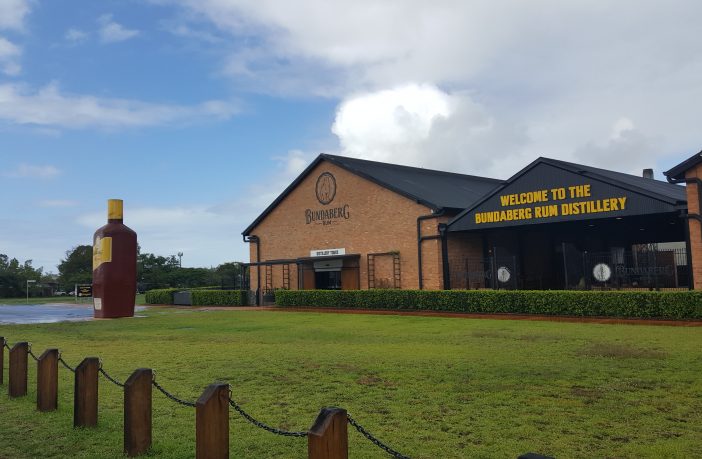
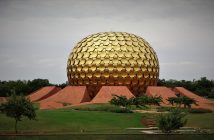
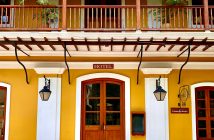
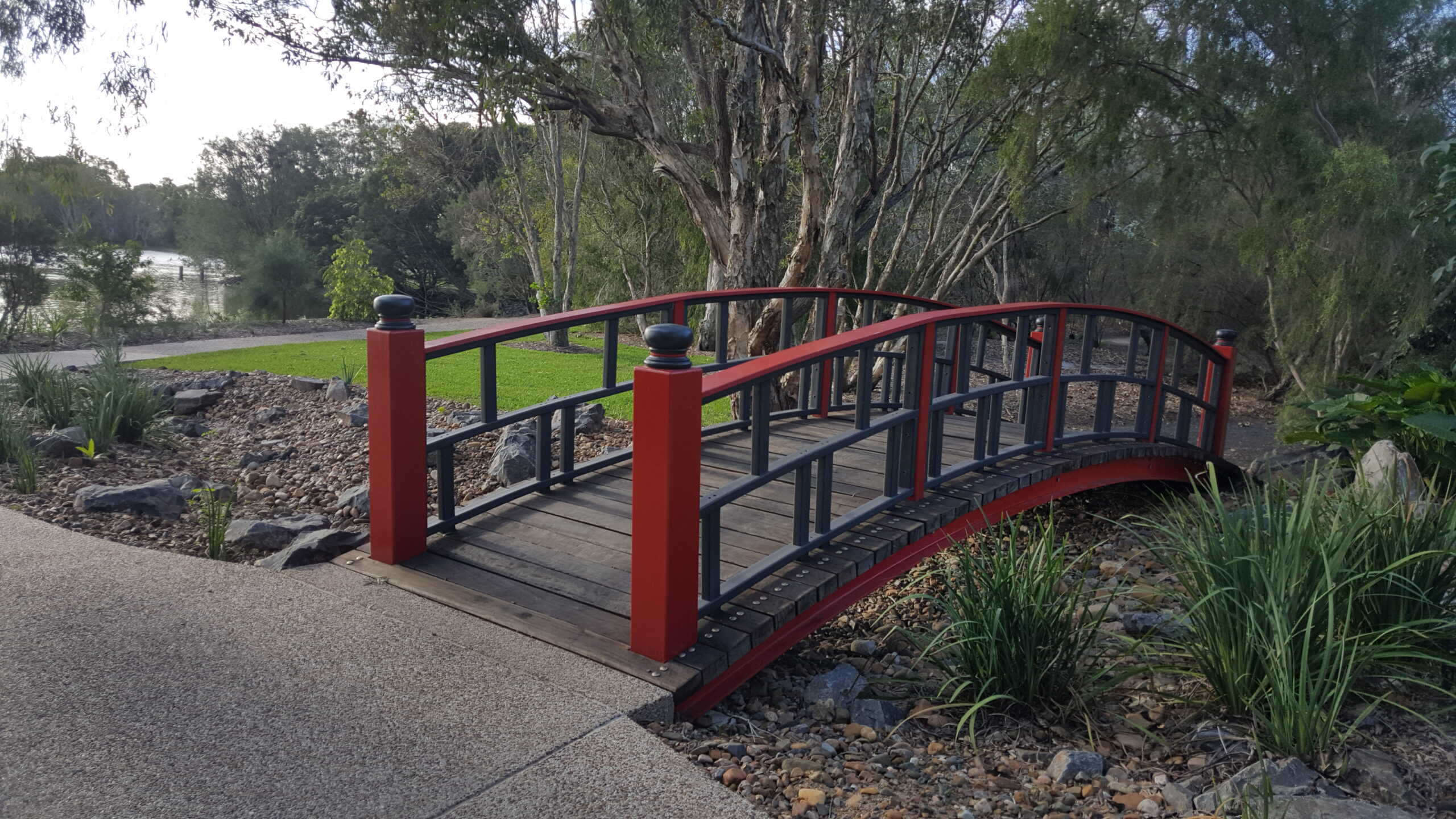
4 Comments
A thoroughly researched post with accurate facts and figures.
Thanks for the ‘take away’ from this post :- the recipe for Homemade Rum.
Priya Da’Silva
Yes, I managed to get the facts and figures at the Bundaberg Factory itself. Ha ha ha, let’s start a rum distillery soon! Thanks Priya.
Pingback: The Mystery Craters in the Land Down Under - Carmelita Fernandes
Pingback: Anniversary on an Island @ Romantic Maldives - Carmelita Fernandes